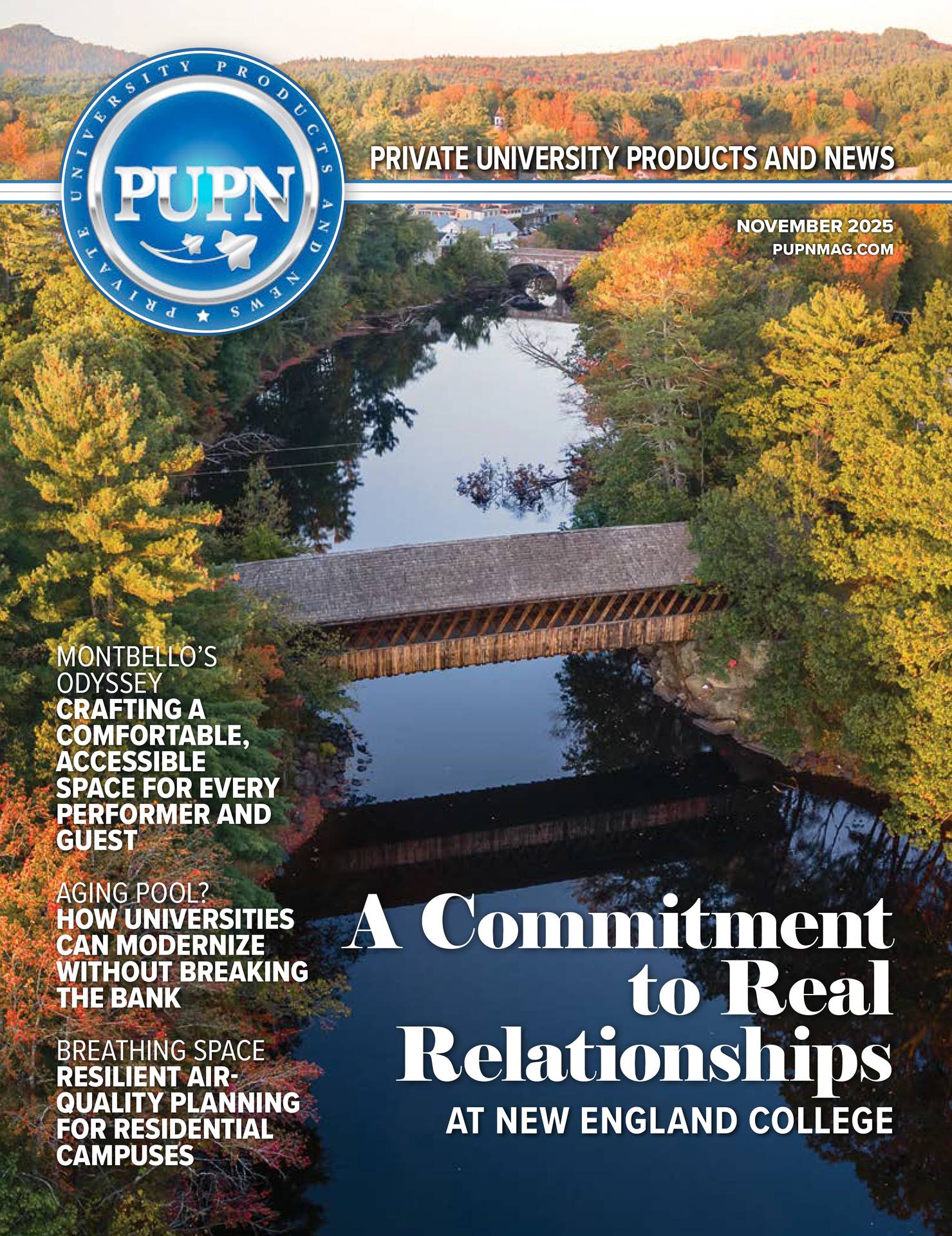Examining the Rhetoric of Corporations and Empire
Nicholas Shudak, dean of Undergraduate Studies and professor of Teacher Education at Mount Marty, reports that Taylor is a “prolific writer,” as demonstrated by Taylor’s publications in just one year. Taylor is currently finalizing his first book, Empire of the Unincorporated: Rhetoric and the Corporate Imaginary in Seventeenth-Century England, to be released August 2026 from McGill-Queen’s University Press as part of its History of Ideas series. As a rhetorician, Taylor draws on texts from many genres in this work, including business charters, travelogues, communiques, and polemics; source texts span disciplines from theology to philosophy, literature to rhetorical argument. He places these texts in conversation with one another as he traces the “rhetorical influences of the corporate imaginary” at the time that corporations were first being established. Taylor says that William Sheppard published the first tract about corporations in 1659; Sheppard saw a corporation as a higher calling that was “immortal.” Taylor points out that people joining a company in these early years would have thought of it similarly to joining a church congregation, but the idea that a small group of people could create a new being, one that could sue and be sued, was entirely new—and revolutionary. Taylor’s book examines the ways that the establishment of corporations “unfolded empire.”
Taylor calls the moment of incorporation “emergent,” and his book teases out answers to the question of what was happening at the time to give rise to these new ideas. He explores how incorporation—creating a new body—worked rhetorically, as well as how people negotiated that change. He also makes connections to the present day without passing judgement on the current status quo by exploring answers to questions such as these: If creating a corporation was a “higher calling,” as Shepheard proposed, do we still consider that to be the case? Do we hold corporations to moral account, given their privileges? Do they have an obligation to behave well for people? Taylor says that the founders of the Virginia Company— the first corporation to establish a permanent English settlement at Jamestown in 1607—were genuinely concerned about Indigenous people and wanted to make sure they were not harmed. Within a few decades, however, the Royal African Company, chartered in 1672, was enslaving and selling Indigenous people for profit. Taylor explores how this shift happened and how it may relate to corporate behavior today.
As Taylor has been developing his book project, he has placed several related pieces in different outlets. One such piece is “Everything Has a Price: The Commercial Gaze and the Origins of Corporate Empire,” which appeared in July of this year on the Journal of the History of Ideas blog (https://www.jhiblog.org/2025/07/14/everything-has-a-price-the-commercial-gaze-and-the-origins-of-corporate-empire/). This piece, centered on the East India Company, traces changing perceptions that travel writers of the time had about the people and places they encountered. The earliest adventurers who wrote about their experiences, Taylor notes, tended to conceive of foreign peoples and cultures as “strange.” As merchant-adventurers became more common in the seventeenth century, though, their writings shifted toward travel recommendations for the areas they had encountered. The biggest shift, however, happened when the merchants developed what scholars in this area term the “commercial gaze.” As an example, he states that these travelers might have begun to understand a forest not as wilderness, nor the setting for a recommended rest stop, but as ship masts. Instead of “seeing the world with wonder” as earlier travelers did, the merchant adventurers began to think of the world as a “shopping mall.” Taylor argues that these characterizations of the natural world as a series of commodities demonstrate that the idea of commerciality actually emerged in an earlier era than is commonly conceived. All companies that were chartered during the Age of Exploration, Taylor says, were interested in seeing the world as merchandise, and his “Everything Has a Price” article maps this idea.
In August of this year, Taylor published a different book-related piece in The Sundial, an online publication of the Arizona Center for Medieval and Renaissance Studies. In “The Color of Commerce: Racial Identity and Corporate Logic in Behn’s Oroonoko” (https://medium.com/the-sundial-acmrs/the-color-of-commerce-racial-identity-and-corporate-logic-in-behns-oroonoko-9c4b93980d94), Taylor examines what he labels a “weird paradox” in the book’s racial coding. Oroonoko had been an African king before his enslavement in an English-run Surinamese colony, and the narrator presents him as having facial features that meet European beauty standards. While Oroonoko is admired for his noble bearing and rationality, these features elevate him in the narrator’s estimation but do not allow him to escape his status as a Black person. By contrast, an English fisherman in the narrative has developed a deep tan from his long tenure in the area; the narrator refers to him as “a perfect Indian in colour.” Taylor explores the implications of thinking that English people could become Indigenous, but Black people cannot change their racial status—and how these ideas work in conversation with the East India Company and conceptions of commerciality.
Taylor also devoted time to developing a piece unrelated to his book project. Published on September 8 of this year in the Catholic magazine Commonweal, “A Rule for the Rest of Us: Benedictine Friendship in an Age of Isolation,” explores how—as the article states—the “Rule of St. Benedict, in particular, offers a way of living that can sustain commitment, humility, and presence in community.” This article stemmed from Taylor’s interest in the Benedictine values that undergird Mount Marty. The university is connected to the Sisters of Sacred Heart Monastery, and one of the nuns lent Taylor some books about St. Benedict so he could learn more about Benedictine thought. As Taylor “sorted through his own ideas” in relation to his readings, he found himself developing the article. Jason Heron, associate professor of Theology at Mount Marty, says that the piece is “beautifully written” and that it shows Taylor’s “intuitive grasp of how Benedictines think about community.” For his part, Taylor says that “when you’re talking about values and taking them seriously, they should infuse all”; he wanted to make sure that he fully grasped and could enact the campus’ values in every aspect of his work at Mount Marty.
Building New Programs
Taylor is involved in initiatives to develop both Honors and Pre-Law programs based in Mount Marty’s Benedictine values. Shudak notes that Mount Marty wants to create these curricula in order to attract a wider array of students. The goal for the pre-law program, Shudak says, is to ground it in the humanities; the project is currently in the exploratory stages. If they are able to implement the program, Shudak states, they envision “three streams converging” for its students: an analytical approach to problem-solving, the study of rhetoric, and an “understanding of the complexities of human drama.” Shudak points to this initiative as an example of Mount Marty doing exciting and interesting things; he affirms that Taylor has been “instrumental” within the group as its members explore possibilities. Heron, who also serves on both committees, says that Taylor has been “essential” to their work by consistently contributing innovative ideas and foreseeing potential challenges to be addressed. Because Taylor approaches these tasks by thinking structurally, Heron remarks, his approach has helped both committees engage in “fruitful work.”
Digital Humanities Work
Taylor plans to offer Mount Marty students opportunities to develop skills for working with projects in the digital humanities. He had developed these skills in the Humanities Computing and Media Centre (HCMC) at the University of Victoria during his time as a master’s student. His role at the HCMS was to work with a map of early modern London (https://mapoflondon.uvic.ca/index.htm) that had been drafted by John Stow. Stow had developed the map by walking on each London road and painstakingly recording everything he saw, down to each name in each cemetery. Taylor’s task was to find biographic information about any person that Stow mentioned and link the information in the online map.
Taylor has applied the skills he gained at HCMC in developing his website, The Chamberlain Letters Project (https://earlymodernletters.org/). This repository houses letters written by John Chamberlain during the late 1590s to the early 1610s. Chamberlain was a prolific correspondent, and the two volumes of his collected letters serve as a rich resource of information and gossip about prominent people and political wrangling of the time. Taylor obtained open-source permission from the American Philosophical Society to establish the online repository. There, he is able to digitally edit and annotate the work so that researchers can more effectively interact with the contents. For example, site visitors will be able to search digitally for every single mention of someone like John Smith. Biographical information will be provided for each individual who is mentioned, as well.
Taylor’s goal is to teach students how to continue developing the repository’s usability. He envisions offering regular two-week workshops to teach students how to appropriately code the material. Participants will need to learn basic coding, Extensible Markup Language (XML), and the standards of Text Encoding Initiative (TEI). With these tools under their belts, students will be able to code and fact check short letters during the workshop—so they will finish the workshop not only with useful tools for engaging in digital humanities work, but they will also have a published piece to their credit.
Inspiration for Other New Faculty Members
Shudak says that Taylor exemplifies the Mount Marty faculty members who have joined the campus in recent years; Shudak appreciates that the group has “an energy and desire to do amazing things for Mount Marty.” Shudak points to Taylor particularly as a “consummate professional” who has talents in many areas, including writing, assessment, and technology. Heron says that Taylor is a “creative force” and a “serious team player” who will continue to make Mount Marty a better place because he has been given room and tools to do his work. Heron recommends that administrators at other institutions trust the strengths of people like Taylor, who can bring fresh insights to campus. Through his impressive publishing record, exciting collaborative work with colleagues, and innovative digital humanities program that will benefit student participants, Taylor offers both inspiration and model for other new faculty members on campuses across the nation.










